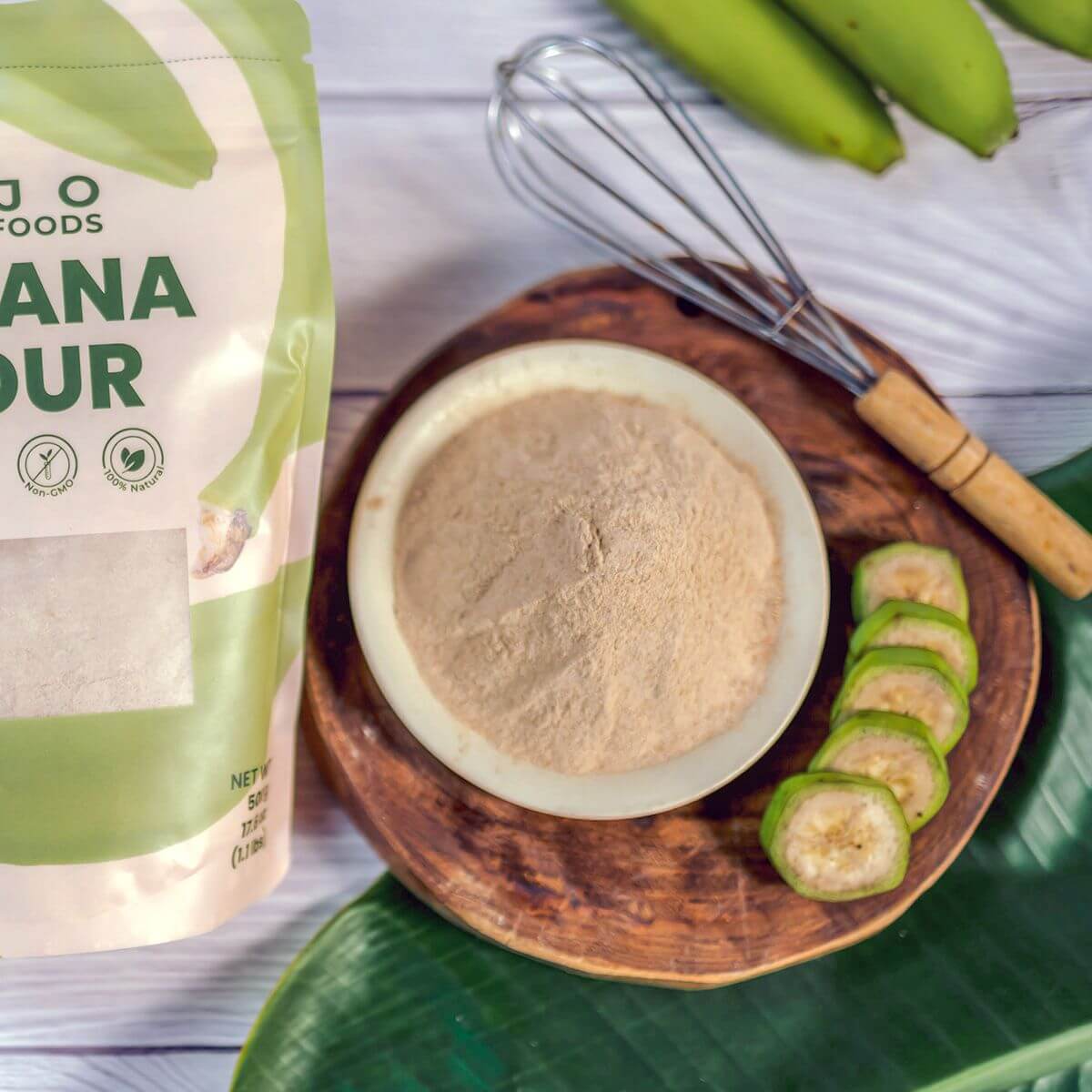In the assortment of fruit-bearing trees in the tropics, one other tree easily comes to mind next to the coconut—the banana tree. Well, it’s actually not a tree but a plant. A huge one. In fact, it’s the biggest plant on Earth. It is an herbaceous kind of the Musa genus, comprised of leaf sheaths that seem like a trunk but are a pseudo-stem. Its adaptability and resilience enabled it to thrive in regions far and wide across the globe from its supposed origin in Southeast Asia and the South Pacific. It has a wide array of uses from being a provider of shade or windbreak, its leaves being used as disposable eating utensils and its fruit being used in several different applications. It is a staple food in West and Central Africa, the Caribbean Islands, Central America and northern South America.
In recent years, food manufacturing companies were drawn to ride the healthy food trend that eventually led them to adopt sustainability as one of their core principles. The move is a response to a shift in consumer behavior towards a more health-conscious living and a conscientious decision to curb food wastage and climatic change. Now, more than ever, the prevalence of products that promise good nutritive value and environmental friendliness have ballooned in availability in the market. Not only will you see products made purely from superfood vegetables, fruits and plants available but also upcycled food products made from either their off-spec kind or their parts; stem, peel, pulp etc.
Bananas are among the leading superfoods in the world. They’re heavily exported and are subjected to the market’s rigid cosmetic standards in their early development. This results in inevitable food wastage of their unripe state. Innovative food manufacturers took the challenge in creating what is about to become another breakthrough in nutrient rich ingredients in recent times. Banana flour made from pure (unripe) green bananas. Most of what’s available in the market is rich in potassium, vitamin B6, calcium and the main selling points—low in glycemic index, gluten-free and high in resistant starch. It’s great to know too that it’s safe for individuals with celiac disease, digestive sensitivity and other pre-existing conditions. Flavor profile can be earthy but most brands–depending on the kind of banana used—have barely any banana taste
to them. So, using it as a 1:1 alternative to most flours works just fine. Quite a lot of benefits! Certainly, the creation of banana flour is a breakthrough. It’s not just another route to sustainability but also a sensible option for food. It will continue to redefine the conventions of flour use in the households and in the food service sector as it picks up popularity in the coming years.


